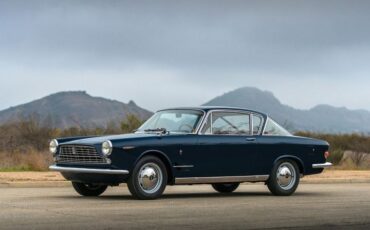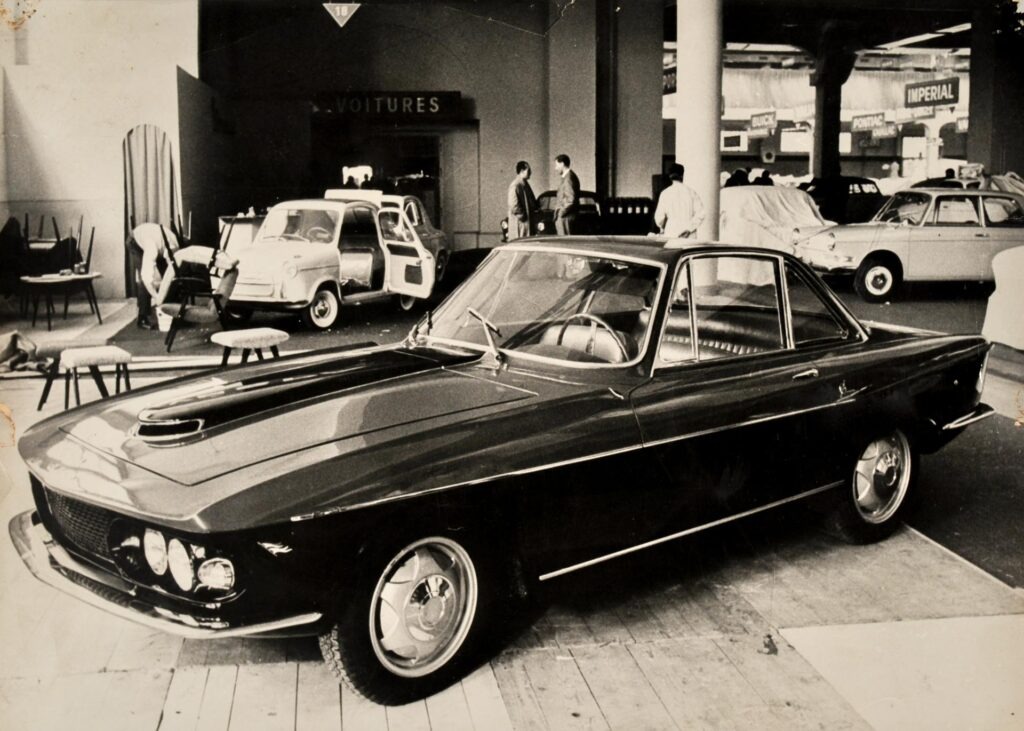
In 1960 Fiat made the prestigious mechanics of the Maserati brothers available to coachbuilders at a reasonable price; the O.S.C.A. twin-shaft engine derived from racing was an irresistible attraction for the creators of the “custom-built” cars so fashionable at the time. Michelotti also answered by building 3 speciments based on the 1500 and 1600 chassis.
While many coachbuilders proposed customary themes on the this chassis, Michelotti condensed in its creation a long series of stylistic innovations that will be re-proposed in series production only many years later.
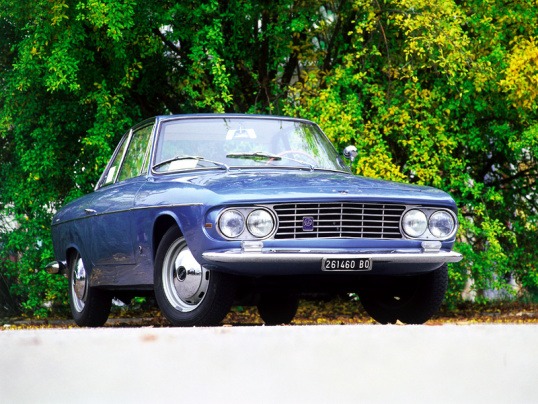
Made without a mold according to the artisanal techique, the roof of Michelotti’s O.S.C.A., which anticipated that of the Lancia Fulvia coupé, was filled with tin where it is difficult to model; the hood also shows extensive use of this material, but this time his commitment facilitates the search for the right volume ratio by “swelling” the sheet where necessary. The side- and bonnet corners are also shapes that we will find on the Fulvia Coupé.
The chassis of the O.S.C.A. derived from that of the old Fiat 1200, essentially a project that dated back to 1953 and forced the designers to perform authentic miracles to overcome the difficulties in bodywork the obsolete mechanics.
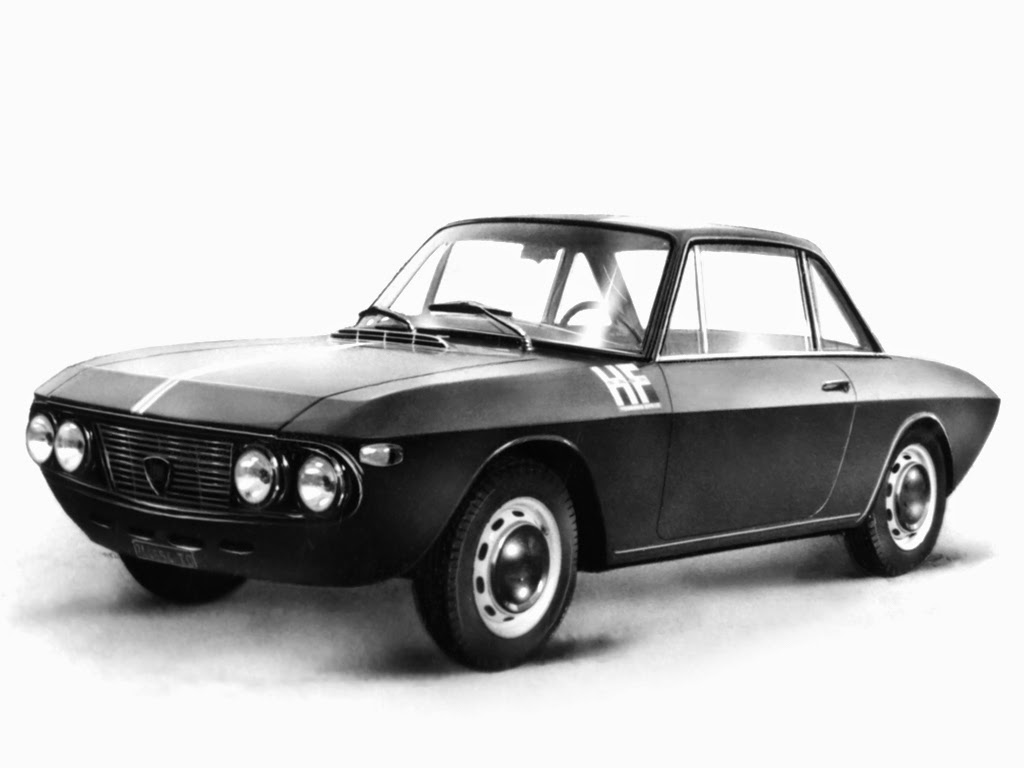
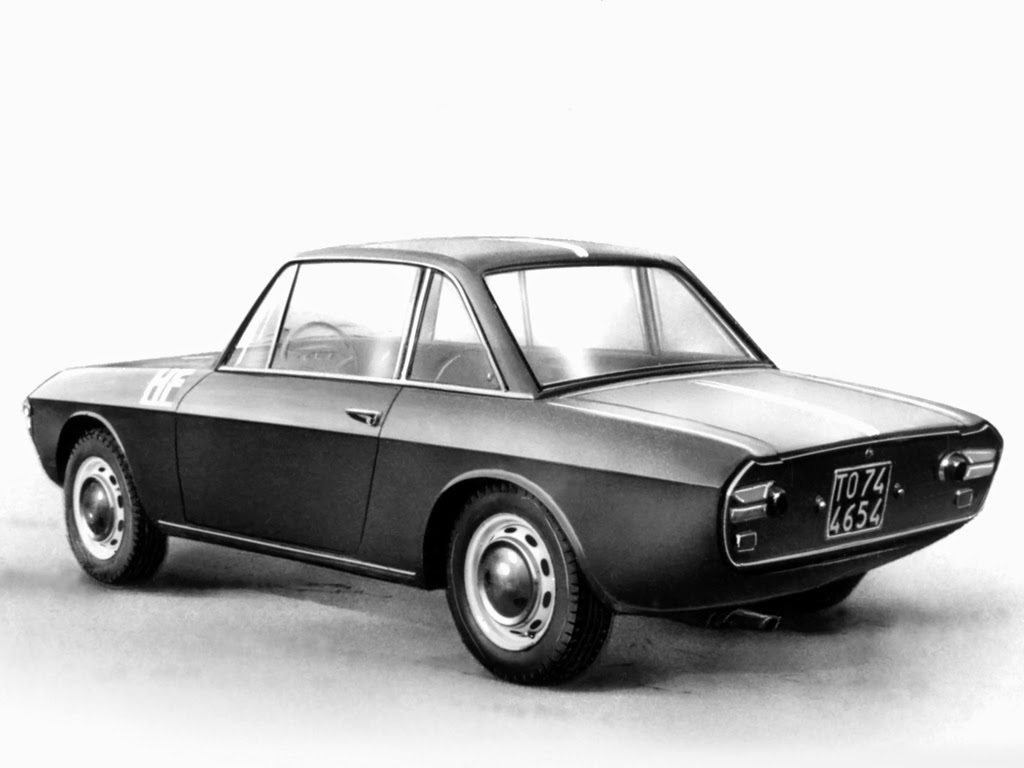
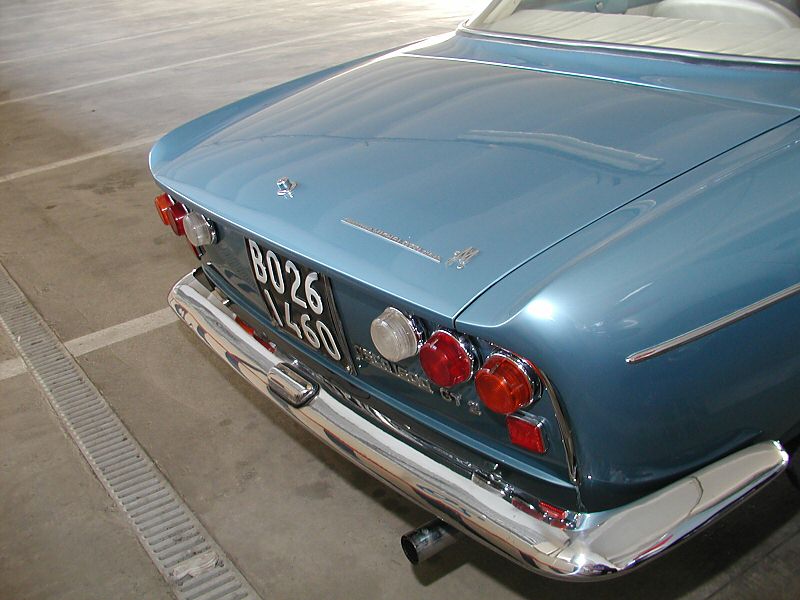
The idea of framing the tail with a chromed line will be taken up again in the Fulvia, here the chromium plating will also rise to surround the edges of the abruptly truncated fender. In 1960 it would have been a heresy to clean cut the tail of a non-racing car and Michelotti as well tried to connect the crest of the fenders to the tail with a soft line.
Alain Berteau, a well-known French automotive journalist, heavily criticized the car’s roof at the time. Michelotti, made him promise that if within a few years he will see another car with a similar roof design, he would have to apologize. And Alain Berteau did, when the Mercedes Pagoda was unveiled. Since then they have become great friends.

